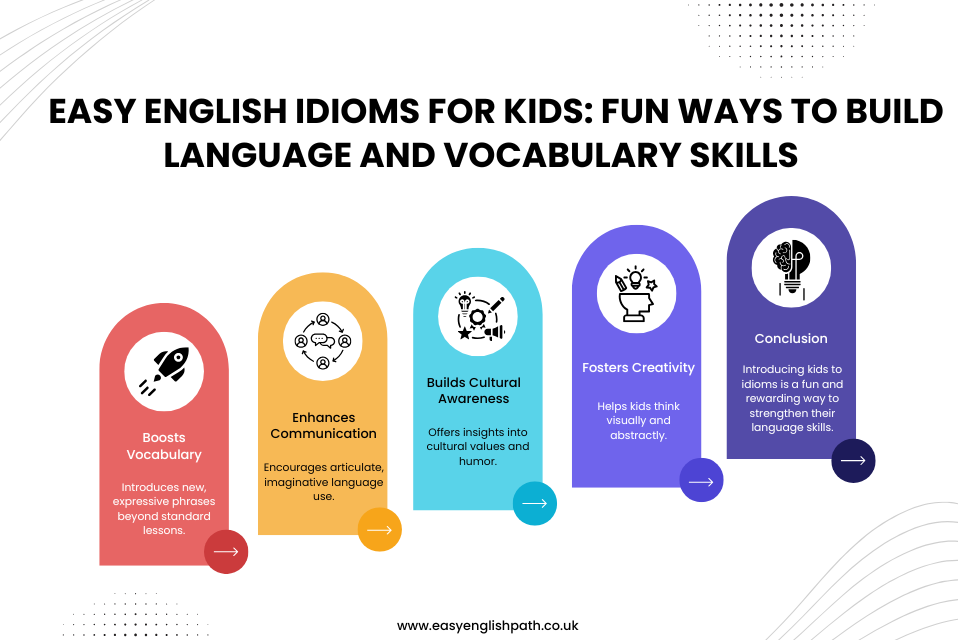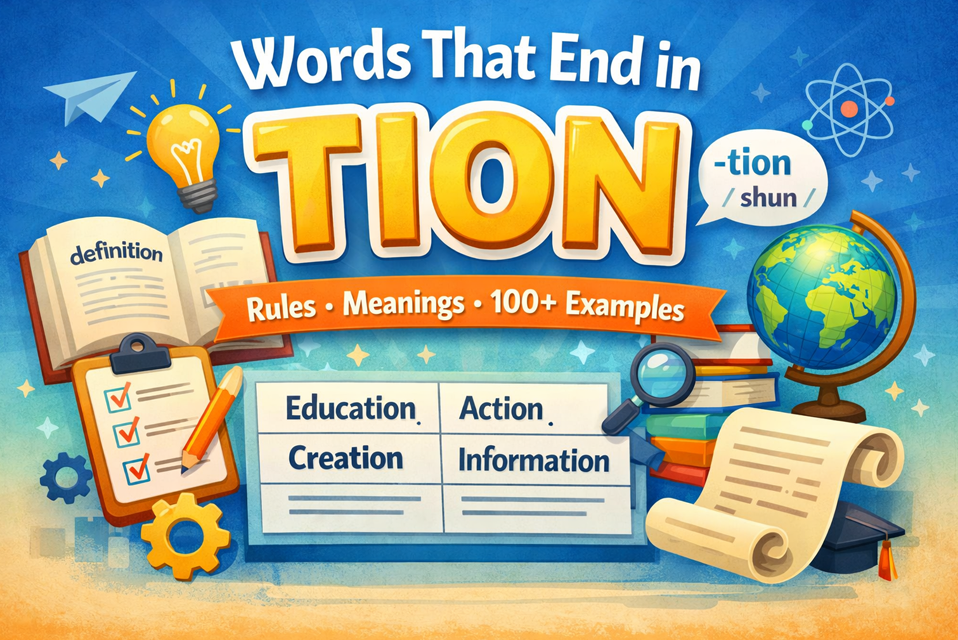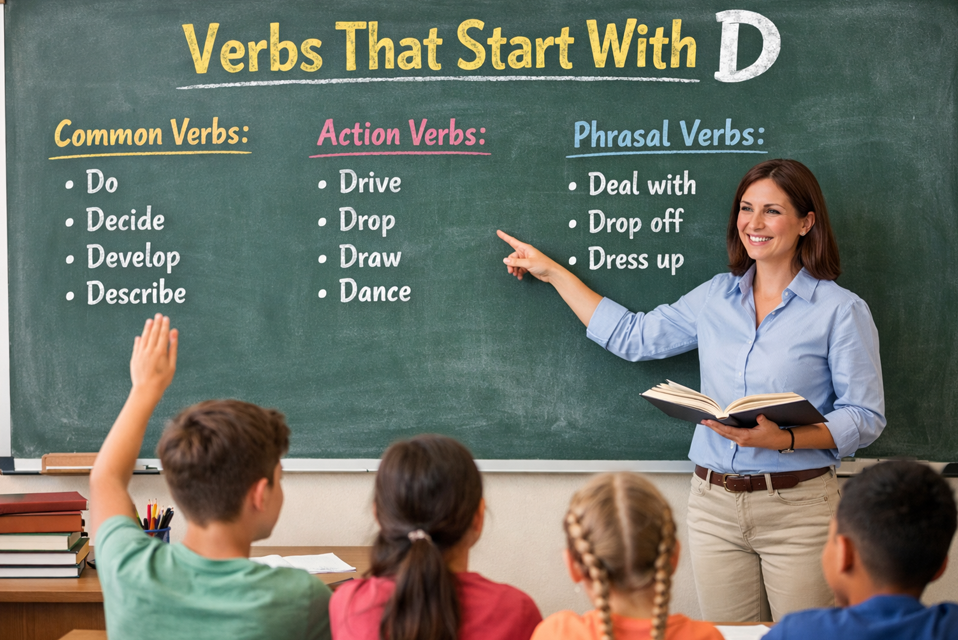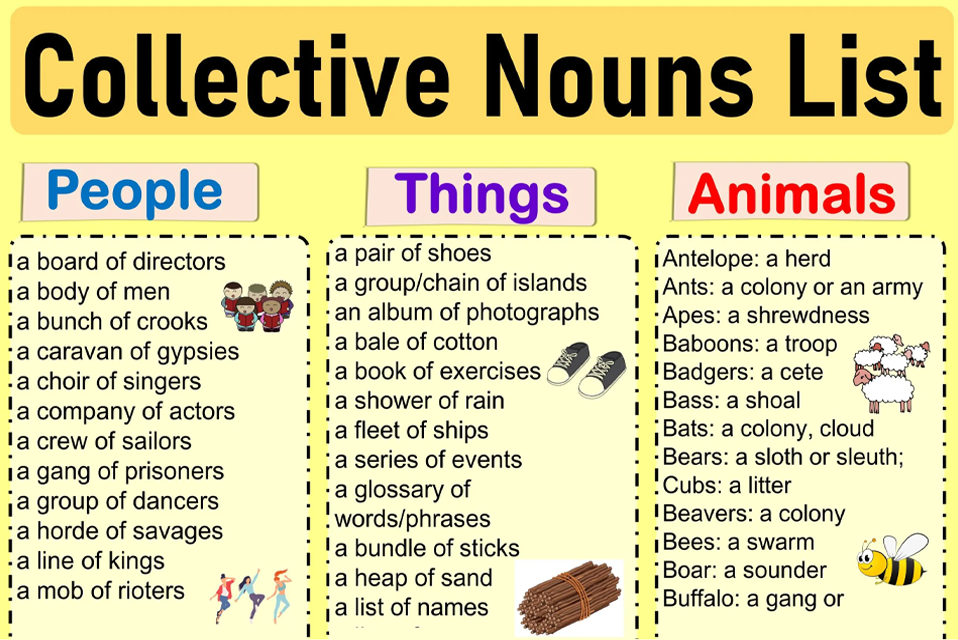Introduction
Idioms are powerful tools that bring creativity and humor into everyday language. While they may not make sense literally, idioms carry rich figurative meanings understood through context. For instance, saying “it’s raining cats and dogs” simply means it’s raining heavily. For children, learning idioms is a delightful way to build vocabulary, enhance communication, and enjoy language playfully.
Whether you’re a teacher, parent, or someone passionate about child learning, this guide explores fun, themed idioms that make teaching and learning exciting and easy.
Why Teach Idioms to Kids?
Idioms are more than fun phrases they play a key role in language mastery. Here’s why:
- Boosts Vocabulary: Introduces new, expressive phrases beyond standard lessons.
- Enhances Communication: Encourages articulate, imaginative language use.
- Builds Cultural Awareness: Offers insights into cultural values and humor.
- Fosters Creativity: Helps kids think visually and abstractly.
Number Idioms for Kids
Piece of Cake:
Very easy to do.
- *”The test was a piece of cake!”
Two Heads Are Better Than One:
Collaboration brings better results.
- “Let’s solve this together. Two heads are better than one!”
Third Time’s a Charm:
- Success may come after multiple tries.
Ten Out of Ten:
- A perfect result.
Four-Leaf Clover:
- A symbol of luck.
On Cloud Nine:
- Extremely happy.
First Come, First Served:
- Priority for early arrivals.
Six of One, Half a Dozen of the Other:
- Two equal options.
Three Strikes and You’re Out:
- Too many mistakes lead to consequences.
Count Your Chickens Before They Hatch:
- Don’t expect results too soon.
Animal Idioms for Kids
- Let the Cat Out of the Bag: Reveal a secret.
- Hold Your Horses: Be patient.
- Bird’s-Eye View: See from above or have an overview.
- Fish Out of Water: Feel out of place.
- Busy as a Bee: Very busy and productive.
- Like a Bull in a China Shop: Clumsy or disruptive.
- Horse of a Different Color: A different matter entirely.
- Sly as a Fox: Very clever or sneaky.
- Cry Over Spilled Milk: Worry about something that can’t be changed.
- Barking Up the Wrong Tree: Accuse or pursue the wrong thing.
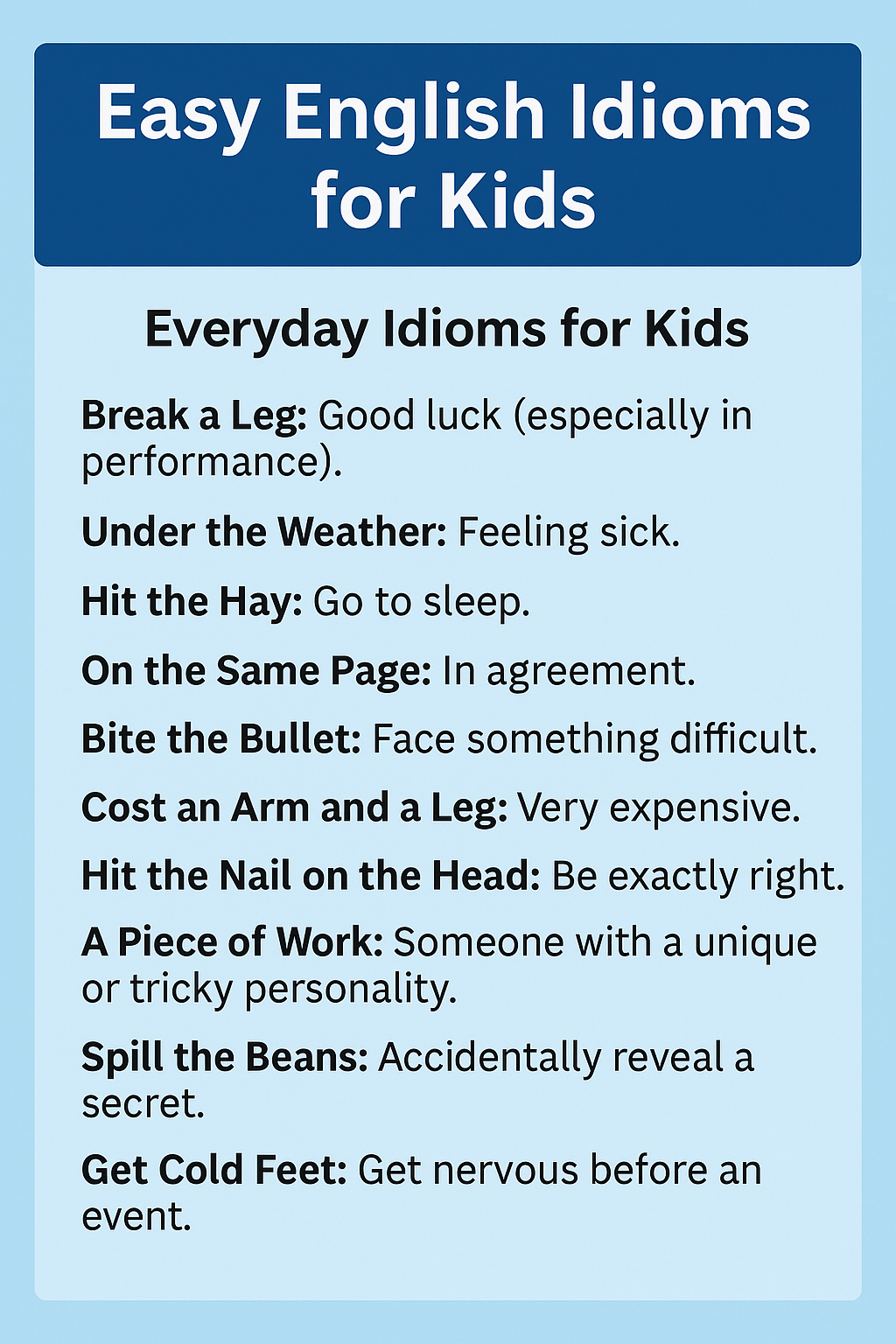
Everyday Idioms for Kids
- Break a Leg: Good luck (especially in performance).
- Under the Weather: Feeling sick.
- Hit the Hay: Go to sleep.
- On the Same Page: In agreement.
- Bite the Bullet: Face something difficult.
- Cost an Arm and a Leg: Very expensive.
- Hit the Nail on the Head: Be exactly right.
- A Piece of Work: Someone with a unique or tricky personality.
- Spill the Beans: Accidentally reveal a secret.
- Get Cold Feet: Get nervous before an event.
Food Idioms for Kids
- The Icing on the Cake: Something that makes a good situation even better.
- Egghead: A very smart person.
- Couch Potato: Someone who is inactive.
- Butter Someone Up: Compliment someone to get favor.
- Full of Beans: Energetic and lively.
- Cool as a Cucumber: Calm and relaxed.
- In a Pickle: In a difficult situation.
- Bring Home the Bacon: Earn money for the family.
- Bigger Fish to Fry: More important things to do.
- Like Two Peas in a Pod: Very similar or close.
How to Teach Idioms Effectively
- Use Stories: Tie idioms to relatable tales.
- Draw or Show Visuals: Use pictures or props.
- Play Idiom Games: Try “Idiom Bingo” or charades.
- Idiom of the Day: Introduce one daily idiom.
- Encourage Custom Idioms: Let kids invent their own.
Benefits of Learning Idioms
- Encourages imagination and abstract thinking.
- Improves fluency and comprehension.
- Builds listening skills through exposure in media and conversation.
- Enhances confidence in self-expression.
Conclusion
Introducing kids to idioms is a fun and rewarding way to strengthen their language skills. Through themed lists, playful examples, and engaging teaching strategies, idioms help children express themselves with color and confidence. Start using idioms in everyday conversations, stories, and lessons you’ll be amazed how quickly kids pick them up!
Frequently Asked Questions (FAQs)
1. What is the best age to start teaching idioms to kids?
Children as young as 6 or 7 can begin learning simple idioms, especially when taught through visuals and stories. Start with easy, relatable idioms and build complexity as their language skills grow.
2. How many idioms should I teach at once?
It’s best to introduce 1–2 idioms at a time. Use repetition, examples, and playful activities to help reinforce their meanings without overwhelming the child.
3. Are idioms the same in every language?
No, idioms vary widely across cultures and languages. Teaching English idioms also helps kids understand cultural expressions that aren’t directly translatable.
4. How can I help my child remember idioms better?
Use drawings, games like charades or memory cards, and daily usage in conversations. Making idioms part of routine language helps with long-term retention
